1. Roof Damage
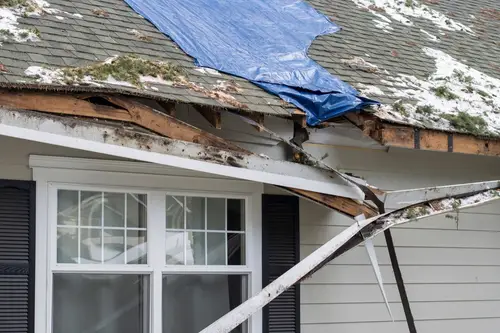
A roof in bad shape is one of the first things an inspector will notice, and it’s a huge red flag for buyers. Missing shingles, curling edges, or evidence of leaks suggest a costly repair is around the corner. Even small issues here can balloon into water damage, mold, and structural problems. Buyers often walk away because they don’t want to inherit that headache.
Roof problems also make lenders nervous since a home without a solid roof isn’t considered “habitable.” Insurance companies can balk too, meaning higher premiums or no coverage at all. Replacing a roof isn’t cheap, and most buyers don’t have the budget or desire to take that on right after closing. It’s often enough to kill a deal outright.
2. Foundation Cracks
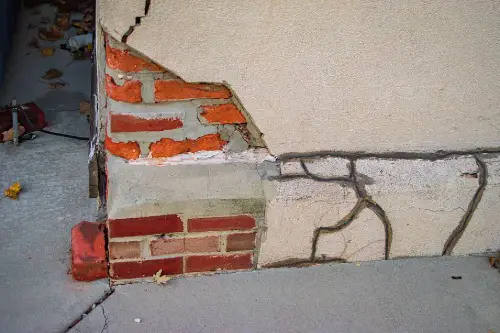
Large foundation cracks or evidence of shifting tell buyers there could be serious structural issues. Inspectors are trained to look for uneven floors, sticky doors, or windows that won’t close right—all possible signs of movement. These problems can hint at thousands of dollars in repairs. Understandably, most buyers don’t want to gamble on that.
Even if the cracks are only cosmetic, perception plays a big role. Buyers worry the house might not be safe, or that hidden costs will pop up later. Repair quotes vary wildly, making it hard for them to budget with confidence. That uncertainty alone often scares people off.
3. Mold and Mildew
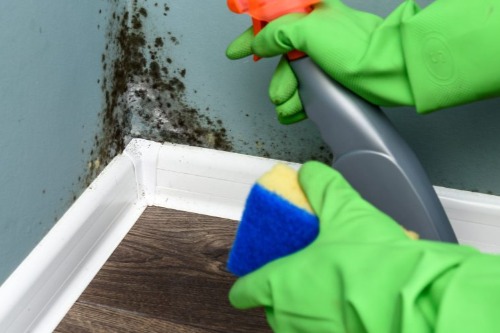
When inspectors find mold, it almost always rattles buyers. Visible patches on walls, ceilings, or basements are a clear sign of moisture problems. Beyond the damage, mold raises health concerns, especially for families with kids or people with allergies. For many, it’s simply not worth the risk.
Even if mold is localized and treatable, buyers often picture worst-case scenarios. Mold remediation can get expensive, and moisture issues might indicate a bigger underlying problem like leaks or poor ventilation. The fear of recurring issues makes buyers hesitate. More often than not, it breaks the deal.
4. Termite Damage
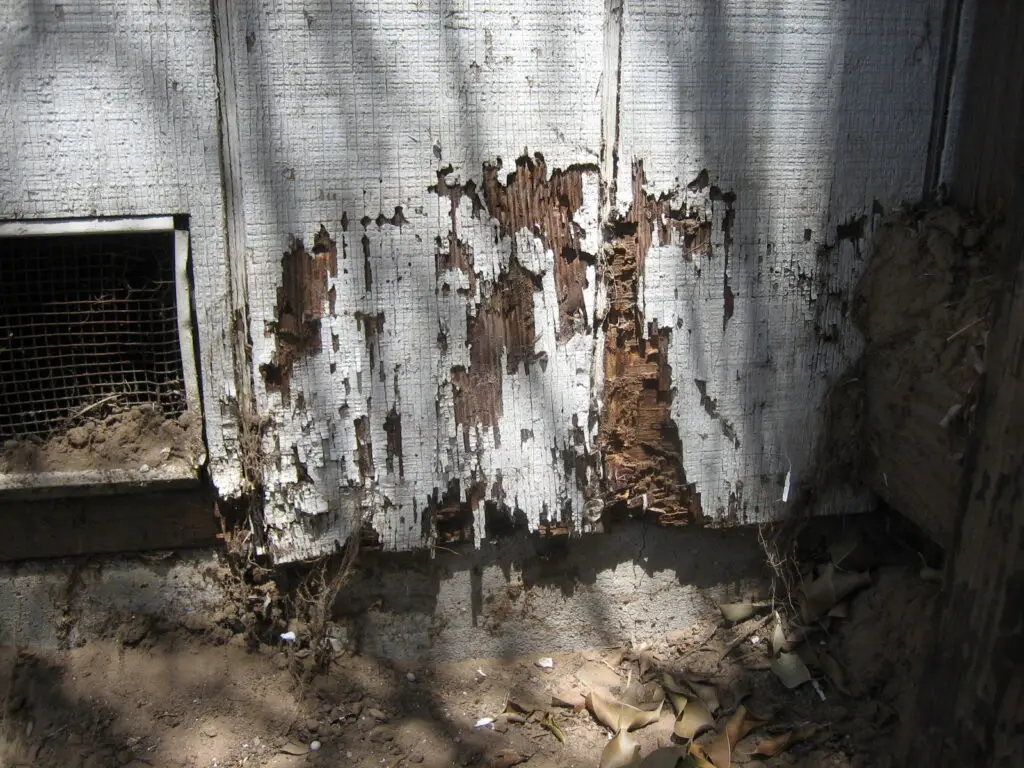
Termites can quietly wreak havoc inside a home, and inspectors are trained to catch the signs. Damaged wood, hollow-sounding beams, or droppings immediately raise alarms. Structural integrity becomes the question, and nobody wants to inherit that level of destruction. Termite infestations are a silent deal-killer.
Even if the infestation is old, the stigma sticks. Buyers fear lingering colonies or worry the damage wasn’t fully repaired. Treatment and repair costs stack up quickly, which makes a property look less appealing. It’s often enough to send them searching for the next listing.
5. Old or Faulty Wiring
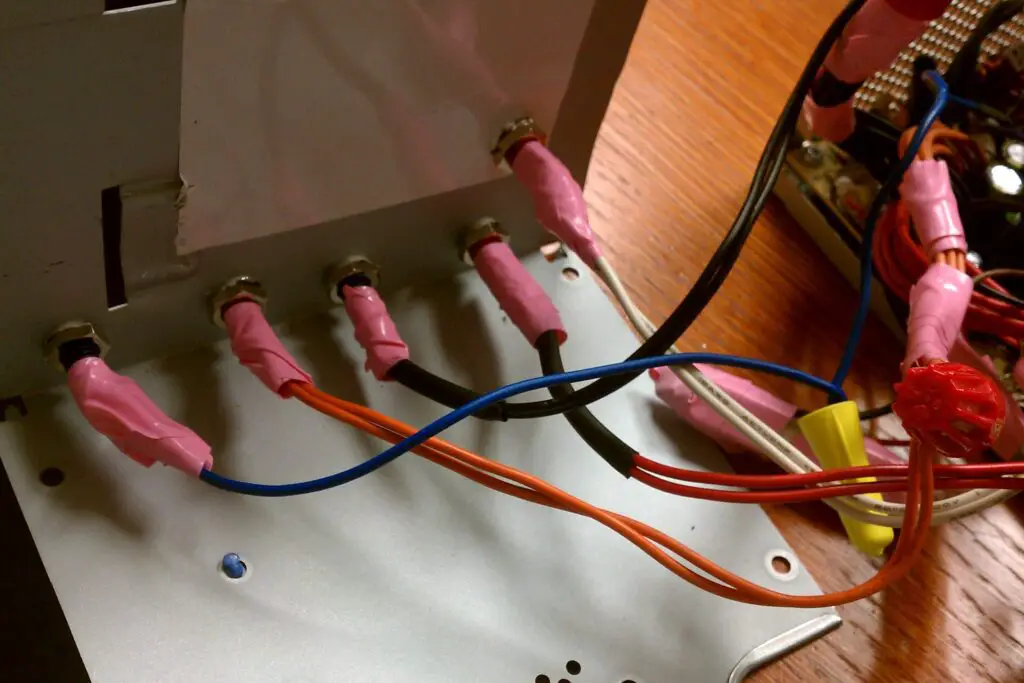
Electrical systems are a big-ticket concern during inspections. Outdated knob-and-tube wiring, overloaded breaker panels, or visible DIY fixes can all be flagged. Safety is the primary issue here—nobody wants to buy a fire hazard. Insurance companies also shy away from homes with subpar wiring.
Beyond safety, buyers don’t want to face the cost of rewiring a house. It’s messy, expensive, and disruptive. Even if the lights turn on just fine, inspectors can explain why the risks aren’t worth ignoring. That conversation is usually enough to derail negotiations.
6. Plumbing Problems
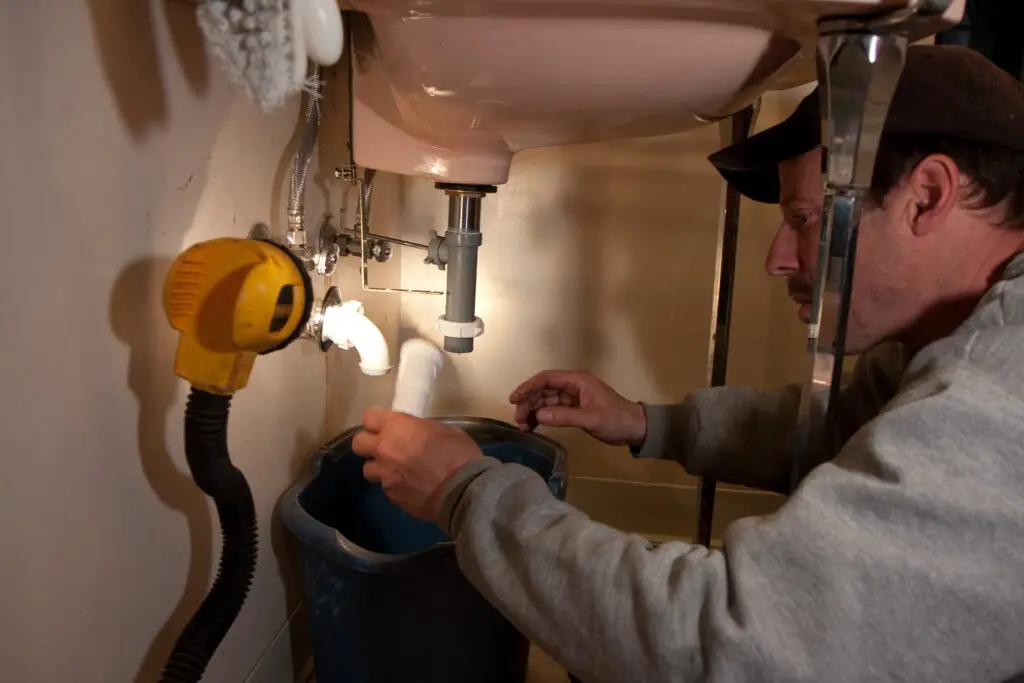
Inspectors run faucets, flush toilets, and look under sinks for good reason. Leaks, poor water pressure, or outdated pipes often signal bigger plumbing headaches. Galvanized pipes, for example, corrode from the inside and eventually restrict flow. Replacing them can cost thousands, which is not what most buyers want to hear.
Plumbing issues can also cause secondary damage like stains, rot, or mold. Even a small drip under the sink makes people wonder what’s happening behind the walls. Buyers want to feel confident they won’t wake up to a burst pipe in their new home. If they don’t, the deal often stalls.
7. Water Damage
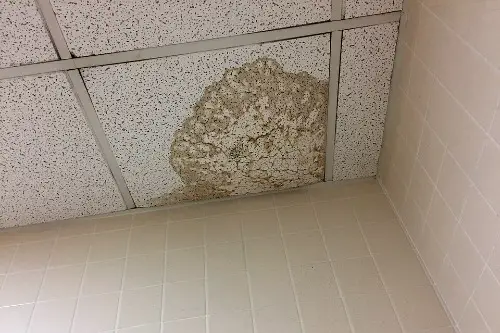
Signs of water damage instantly raise suspicions during an inspection. Stains on ceilings, soft spots on floors, or warped baseboards suggest there’s been a leak somewhere. The problem is, buyers don’t know if it was fixed or if it’s ongoing. That uncertainty makes them uneasy.
Water damage often leads to bigger problems like mold, rot, or compromised structures. Even if the issue looks minor, inspectors can explain how repairs add up fast. Buyers often don’t want to play detective with a home’s history. Instead, they walk away.
8. HVAC Issues
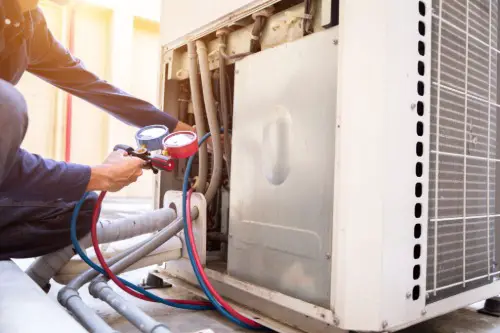
Heating and cooling systems are expensive to repair or replace, so they’re a big inspection focus. An old furnace or AC unit may still run but could be on its last legs. Inspectors check for efficiency, safety, and age, and they note anything that seems outdated. Buyers usually take that as a cue to brace for costs.
HVAC problems can also impact comfort and health. Poor airflow, dirty ductwork, or inconsistent temperatures make a home less appealing. Energy bills can spike with inefficient systems, and that’s a turnoff too. For many buyers, it’s a deal-breaker.
9. Asbestos or Lead Paint
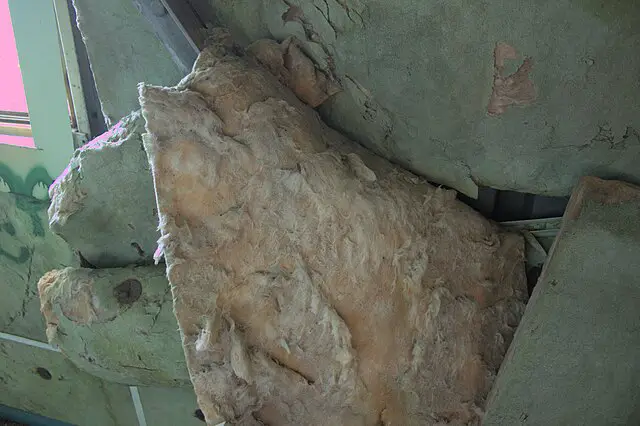
Older homes often come with hidden hazards like asbestos insulation or lead-based paint. Inspectors flag these because they’re serious health risks, especially for kids. While remediation is possible, it’s costly and requires specialized contractors. Buyers rarely want to deal with it.
Even if the materials are in good condition, the stigma alone can kill enthusiasm. Buyers imagine ongoing risks, liability issues, or disclosure problems when they eventually resell. Safety concerns outweigh charm or character every time. Deals collapse quickly once these hazards are uncovered.
10. Drainage Issues
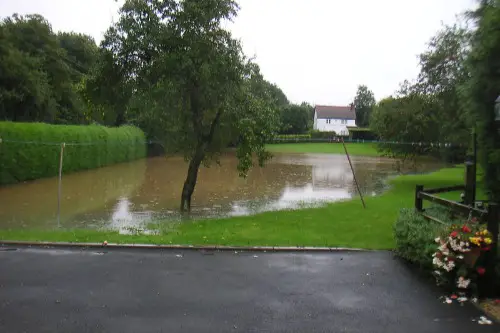
Poor drainage can be a silent but serious problem. Inspectors look for pooling water in the yard, soggy basements, or signs of erosion around the foundation. These all suggest water isn’t flowing away from the home like it should. That’s a major red flag for buyers.
Bad drainage often means a home is more prone to flooding or foundation problems. Fixes like regrading the yard, installing French drains, or adding sump pumps aren’t cheap. Buyers don’t want to take on that risk right after moving in. Many walk away instead.
11. Pest Infestations
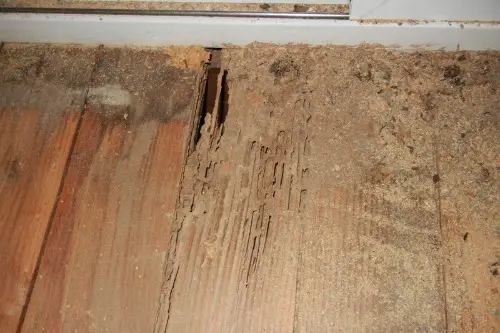
Rodents, cockroaches, or other pests leave clear signs inspectors can’t ignore. Droppings, chewed wires, or nests make buyers uneasy instantly. Infestations suggest neglect and raise questions about what else has been overlooked. It’s often enough to sour an otherwise decent property.
Beyond the “ick” factor, pests can cause real damage. Rodents chew insulation and wiring, which creates fire hazards. Termites aren’t the only wood destroyers; carpenter ants and beetles can be just as bad. Buyers rarely want to inherit someone else’s pest problem.
12. Septic or Sewer Issues
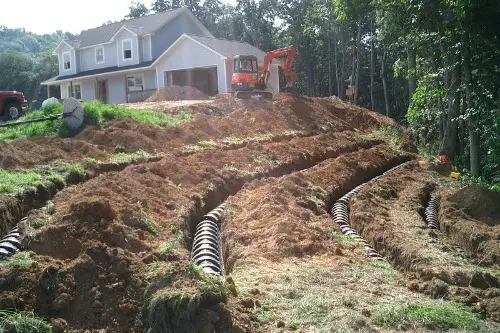
Inspectors pay attention to sewage systems, especially if the home has a septic tank. Backups, odors, or signs of slow drainage are all red flags. Septic repairs or replacements can run into the tens of thousands. Buyers almost always run from that kind of liability.
Even municipal sewer issues can be scary. Tree roots, blockages, or collapsed pipes are messy and expensive to fix. Buyers want reassurance their waste system won’t fail them. Without that, the deal often crumbles.
13. Unsafe Decks or Stairs
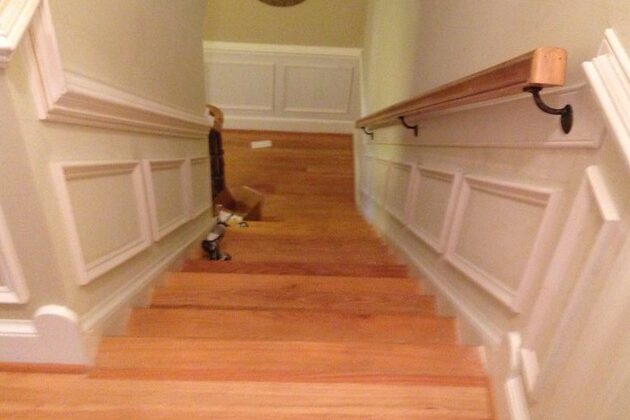
Outdoor structures often get overlooked until the inspection. Loose railings, rotting boards, or sagging supports make decks and stairs unsafe. Buyers immediately picture accidents waiting to happen. Liability and repair costs turn them off fast.
Even if repairs seem minor, inspectors usually stress the safety risks. For families with kids or older relatives, it’s a deal-breaker. Insurance companies may also raise concerns, adding another layer of hassle. Many buyers just decide to pass.
14. Missing or Broken Safety Features
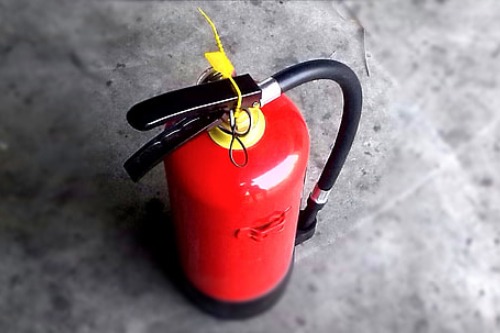
Inspectors always check for basics like smoke detectors, carbon monoxide alarms, and secure handrails. Missing or broken safety features send a message of neglect. Buyers start wondering what else hasn’t been maintained. That erodes confidence quickly.
Even inexpensive fixes can feel like red flags in the bigger picture. Safety should never be optional, and buyers know it. They want a home that feels ready, not one that raises questions. Sometimes, those little details make the biggest difference in killing a sale.
This post 14 Things Inspectors Spot That Instantly Kill a Sale was first published on Greenhouse Black.
